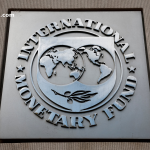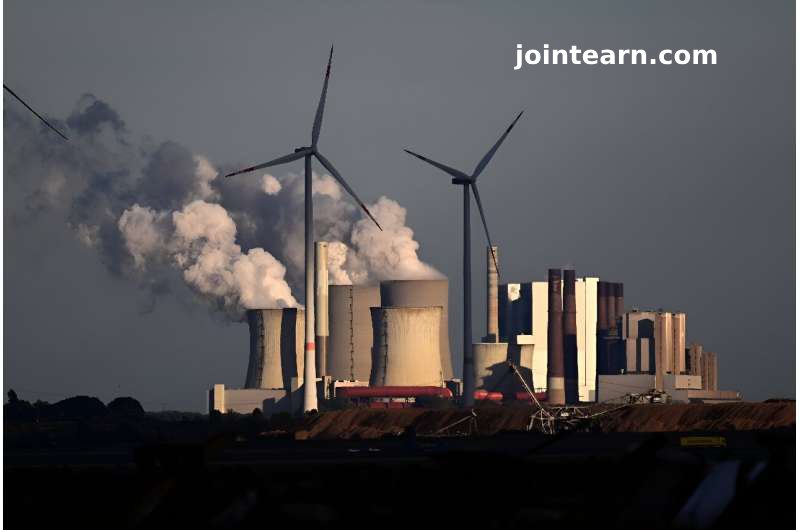Germany’s renewable energy production took a hit in the first quarter of 2025, primarily due to windless months and low rainfall that hindered power generation from wind and hydropower plants. Preliminary figures from the Centre for Solar Energy and Hydrogen Research, alongside the German Association of Energy and Water Industries (BDEW), show that between January and March, renewable energy sources—such as wind turbines, solar parks, and hydropower—generated 63.5 billion kilowatt-hours of electricity. This represents a 16% decrease compared to the same period in 2024.
The drop in renewable output led to increased reliance on fossil fuels, with hard coal, lignite, and gas-fired power plants generating more electricity. Additionally, electricity imports were higher to meet the demand. Wind power, both offshore and onshore, saw significant declines, with offshore wind down by 31% and onshore by 22%. These declines were attributed to a lack of wind in February and March. Furthermore, low rainfall negatively impacted hydropower production. On a positive note, solar energy production saw a 32% increase year-on-year, providing a partial offset to the dip in wind and hydro output.
Despite the decline in overall green energy production, renewable sources still accounted for 47% of Germany’s electricity consumption in the first quarter. The BDEW’s executive board chair, Kerstin Andreae, emphasized that renewable energy output is subject to weather conditions, and called for enhanced storage capacity to ensure energy security and maintain progress towards Germany’s climate goals.












